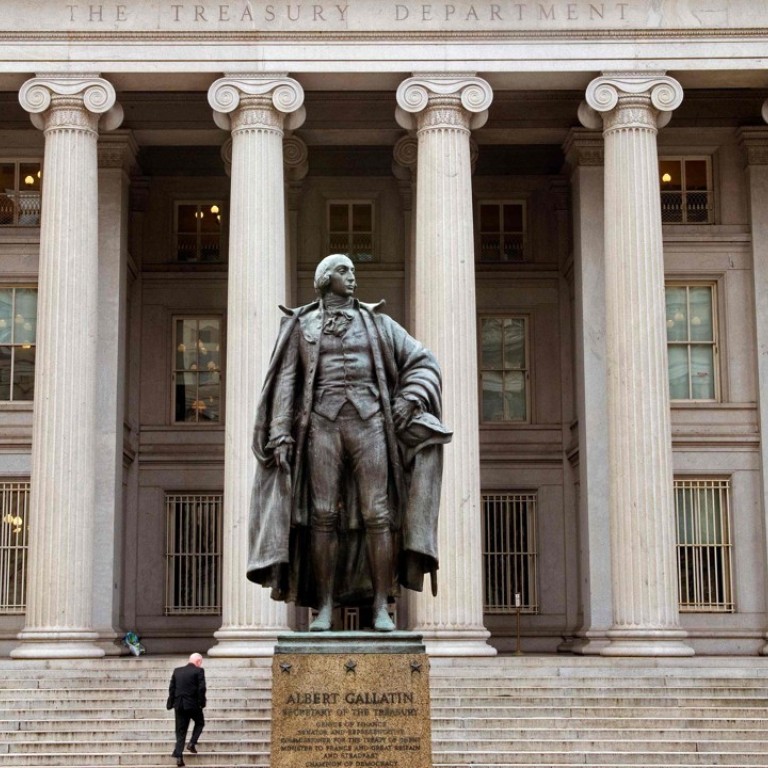
Why investors are turning to 3-month Treasury bills and other cash assets over the hunt for yield
- Nicholas Spiro says having suffered heavy losses in emerging markets, global equities and US corporate bonds, investors are turning to money market instruments
The fierce compression in yields forced investors to move higher up the risk curve to generate decent returns. Last year, emerging markets, junk bonds, equities and ultra-long-dated government debt were among the main beneficiaries of the hunt for yield.
Another important reason why the scramble for yield has dwindled is this year’s dramatic change in the fixed income landscape. For the first time since the financial crisis, the yield on 3-month US Treasury bills – risk-free and ultra-liquid securities that are the markets’ closest proxy for hard cash – has risen above most of the main gauges of inflation. Since the start of this year, the yield has shot up 100 basis points to just below 2.4 per cent, its highest level since January 2008 and above America’s core inflation rate and the Federal Reserve’s own preferred measure of inflation.

What is more, the 3-month Treasury yield is also higher than the average 12-month dividend yield on the S&P 500 equity index – which currently stands just below 2 per cent – for the first time in a decade. This means that investors, who sought out risk assets in the post-crisis years because of the meagre returns offered by short-term debt, can now get a positive real return from super-safe Treasury bills.
The growing allure of cash is accentuated by the recent sell-off in US corporate bonds – the part of the market that until recently was the most resilient to the tightening in financial conditions but is now the focal point of anxiety.

Corporate debt is expected to be the worst performing asset class next year
After having suffered heavy losses in emerging markets, global equities and now US corporate bonds, many investors are choosing to play it safe and increasing their exposure to cash, putting risk assets under more strain.
Does this mean that the hunt for yield has more or less run its course? Not necessarily. Yields on short-term government debt in the euro zone and Japan remain in negative territory, providing a strong incentive for investors to continue seeking out higher-yielding opportunities in other asset classes. Moreover, some investors believe market conditions will improve next year, particularly in emerging markets which were oversold to begin with.
Still, cash is increasingly competitive, especially with equity markets remaining volatile. For risk-averse investors, a positive real return from an ultra-safe 3-month Treasury bill is not a bad proposition as an awful year in markets draws to a close.
Nicholas Spiro is a partner at Lauressa Advisory

